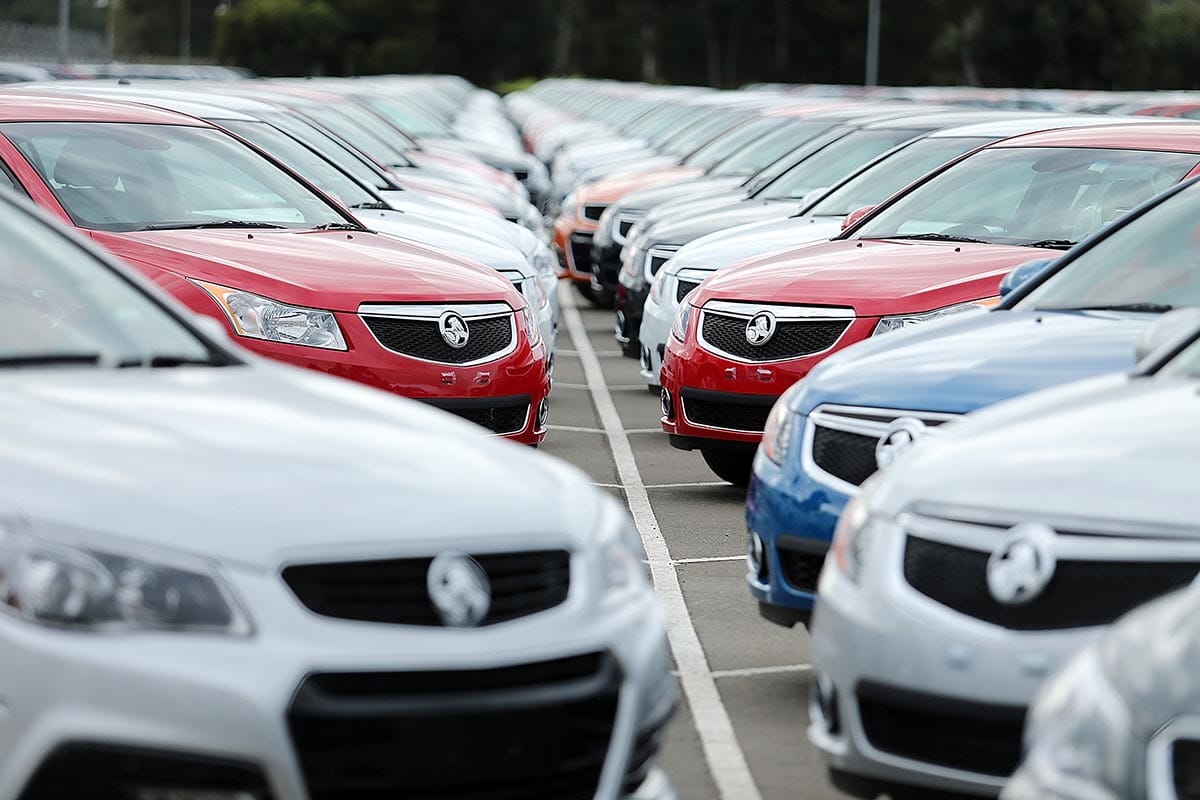As the macroeconomic headwinds swirl, many companies (and governments) are understandably running a ruler over their cost base. And while investors and long-suffering taxpayers may applaud such a prudent approach, when the review becomes a restructure all the ‘headline writers’ are likely to see are job losses, project shutdowns and shell-shocked communities. This is the moment of elevated reputational risk and when the strength of an organisation’s issues management plan is put to the test. Not all of them pass!
In the resources space, there are plenty of examples of companies promising local jobs and long-term revenue streams only to leave town in the dead of night, citing fickle commodity prices. Even if conditions do turn around in the future, their behaviour means they’ll never do business in these places again.
In terms of issues management, the stakes don’t get much higher than the recent decision by General Motors to close Holden’s Australian manufacturing facilities by the end of 2017. It was always going to be a huge story, though some made the observation that key stakeholders seemed to be the last to see that the end of the road was coming.
Behind the scenes there was clearly a level of engagement by Holden with important stakeholders, including the Federal Government. But the actual messaging during these briefings seemed confused. Consider this comment from the Prime Minister just days before the official closure announcement: “The message we are getting from Holden is that they are in two minds. I do wish Holden would clarify their intention because at the moment they have got everyone on tenterhooks.”
Not the ideal practice lap before the main race. By the time the light did go green, the government’s public narrative was all about defending their own position and the message was simple – that the days of taxpayer-funded bailouts were over. Tough luck, Australian car industry.
Watching on throughout the hype, speculation and Coalition leaks, were Holden’s most critical stakeholder and key influencer of its external reputation – Holden staff and their families. These were the second and third generation assembly line workers who would later be door-stopped at the factory gates or interviewed at their kitchen tables.
During the pre-announcement period, it’s likely that a strong internal communication plan was being rolled out by Holden. Without doubt, management would have agonised over the answer to one question – how much of the closure plan do we tell staff?
In a leak-free zone, the answer is simple – give staff as much information as they require and as soon as possible, including face-to-face briefings, information packs on timing and entitlements, financial and personal counselling; all of them would all be part of a carefully coordinated process.
However in real-life, it’s not so clear-cut – particularly when you’ve got a unionised workforce of thousands, spread across the country. In the weeks leading up to the announcement, Holden would have been reinforcing a long-held internal narrative about the challenges confronting local manufacturers, perhaps even road-testing GM Chairman Dan Akerson’s “perfect economic storm” sound-bite.
In these circumstances, there would have been little detail on dates and numbers, given the overarching objective of making sure that no one is surprised by the decision… but, do everything possible to control the actual external rollout of the decision. Remembering that phase two would involve assuring dealers and the wider Australian motoring public that the Lion will continue to roar, hence the subsequent rollout of the “Holden – here to stay” advertising campaign.
To this extent, Holden’s communication strategy worked. In the political sphere, the focus quickly shifted to a blame game between the Federal and South Australian governments. At the kitchen table, workers still said yes, they were disappointed. Yes, they were concerned about their future. And yes, they now expected Holden to “do the right thing”.
But were they surprised? No, because the narrative had been set a long time ago. They were among the first in the tent and understood the backstory. They weren’t happy about it, but by the time the media came knocking, they were already in a different headspace.
And that’s the key takeaway. When it comes to managing a major issue, critical change or a restructure, identify your most important stakeholder(s), and talk to them early… and often. Your long-term reputation could depend on it.


